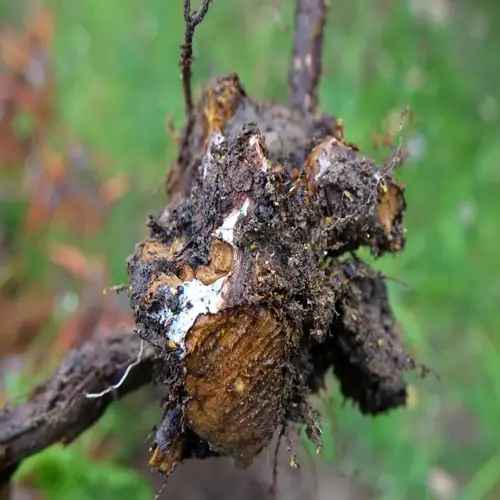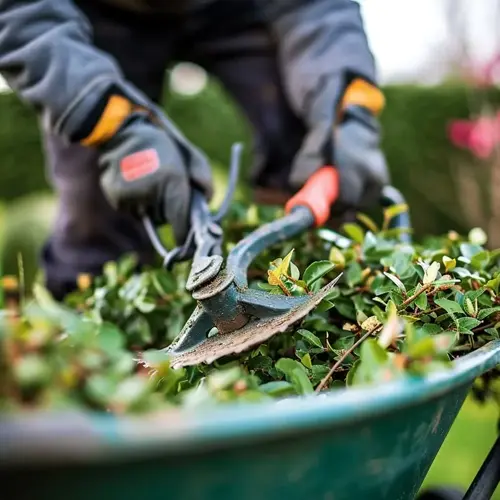Should I amend clay soil in fall or spring?

Written by
Tina Carter
Reviewed by
Prof. Samuel Fitzgerald, Ph.D.Timing is critical to improving clay soil. Whether you amend in the fall or spring, results will vary. Each season has its unique benefits for remediation. Understanding those time periods allows you to utilize your soil more effectively, improving your efforts.
Fall is the ideal season for extensive work on clay soils. The temperatures are cooler, and there is consistent moisture. Winter freeze-thaw cycles will naturally incorporate amendments deep into the soil profile. This will help break up clay clods naturally without the need for mechanical tilling.
Fall Applications
- Timing: 4-6 weeks before first hard frost
- Amendments: Compost, manure, gypsum, lime
- Depth: Work 3-4 inches into top 12 inches
- Cover Crops: Sow winter rye or hairy vetch
Spring Applications
- Timing: After soil thaw but before planting
- Amendments: Light compost top-dressing only
- Depth: Apply 1 inch without deep incorporation
- Cover Crops: Plant buckwheat in unused beds
Avoided Seasons
- Summer: Drought creates concrete-like hardness
- Winter: Frozen ground prevents proper mixing
- Wet Periods: Moisture above 40% causes compaction
- Solution: Wait for optimal moisture conditions
If autumn work was missed, spring does allow light top-dressing. You can apply fragile layers of compost after the soil has thawed completely. Do not deep till areas in the spring to ensure soil structure isn't ruined. Surface applications made lightly help to prevent crusting on your seeds or crops.
Always check soil moisture levels before applying any amendments. The relatively simple squeeze test is the most reliable method for confirming moisture levels. The soil should form a crumbly ball easily, not a slick, muddy mess. Working with excessively wet clay can lead to long-lasting compaction issues.
Schedule your clay amendment for its seasonal advantages. Major amendments should be applied in the fall window. Use the spring for maintenance applications only. Your soil will respond predictably when you employ a strategy based on timing.
Read the full article: Soil Amendments for Clay: Transform Your Garden

